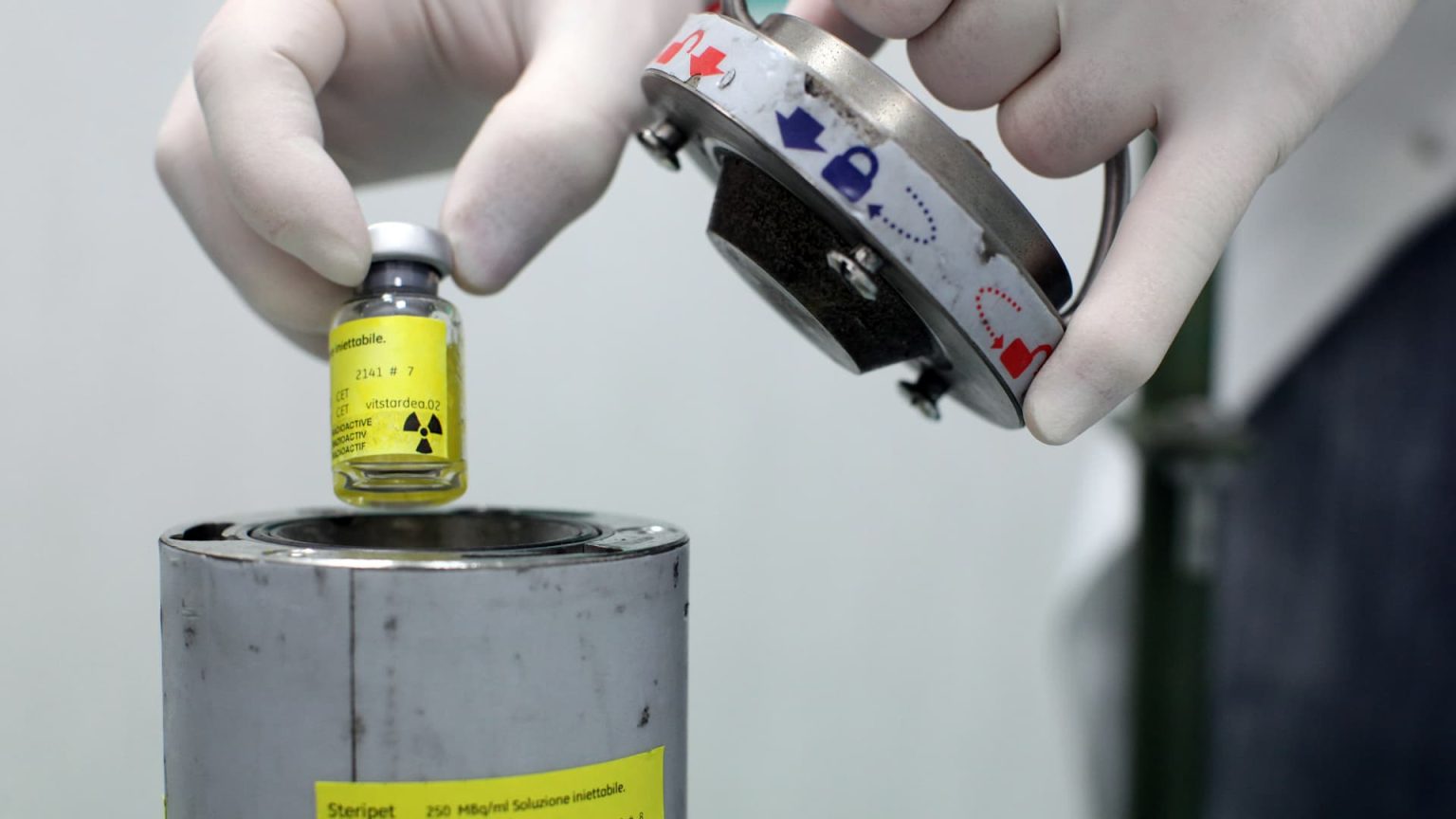Pharmaceutical companies are investing heavily in radiopharmaceuticals as a potential breakthrough in cancer treatment. Companies like Bristol Myers Squibb, AstraZeneca, and Eli Lilly have spent billions to acquire or work with radiopharmaceuticals makers in the hopes of using this technology to treat a wide range of cancers. The drugs work by delivering radiation directly to tumors, sparing healthy cells from damage. While the market potential is difficult to estimate due to the variety of possible cancers these drugs could treat, some analysts predict the category could generate billions in revenue.
Novartis has already launched two radiopharmaceuticals, with several more in development. Other companies are following suit, spurred by Novartis’ success. Lilly, for example, acquired Point Biopharma to enter the radiopharmaceutical space. Manufacturing and logistics are major challenges in producing radiopharmaceuticals due to the rapid degradation of radioactive material, but companies like Novartis are investing in infrastructure to meet demand. Patients receiving radiopharmaceutical treatment must undergo specialized procedures due to the radioactive nature of the drugs.
Despite the challenges, patients are seeing positive results from radiopharmaceutical treatments. For instance, Ronald Coy, a retired firefighter battling prostate cancer, has experienced significant improvements in his condition after receiving Pluvicto treatment at Bassett Healthcare Network. While not all patients respond as well, the potential benefits of radiopharmaceuticals are driving continued investment in this area by pharmaceutical companies. Companies like Bristol Myers Squibb and AstraZeneca see the potential for combining radiopharmaceuticals with existing cancer drugs to enhance treatment outcomes.
The true potential of radiopharmaceutical technology is still being explored, with many experimental drugs in early development stages. Questions remain about the safety and tolerability of these drugs, especially those using different types of radioactive material. However, Novartis’ success with drugs like Lutathera and Pluvicto is encouraging other companies to invest in further research and development in this field. The hope is that radiopharmaceuticals could offer a significant impact on cancer care in the future.
As the field continues to advance, companies are looking ahead to potential new applications for radiopharmaceuticals beyond the current cancers they treat. The ability to target multiple tumor types, including breast, lung, and pancreatic cancers, could have a profound impact on cancer treatment. While it may take years to fully realize the potential of this technology, executives believe that radiopharmaceuticals will play an increasingly important role in cancer care in the coming decade. Patient success stories like that of Ronald Coy provide hope and motivation for continued investment and research in this area.













